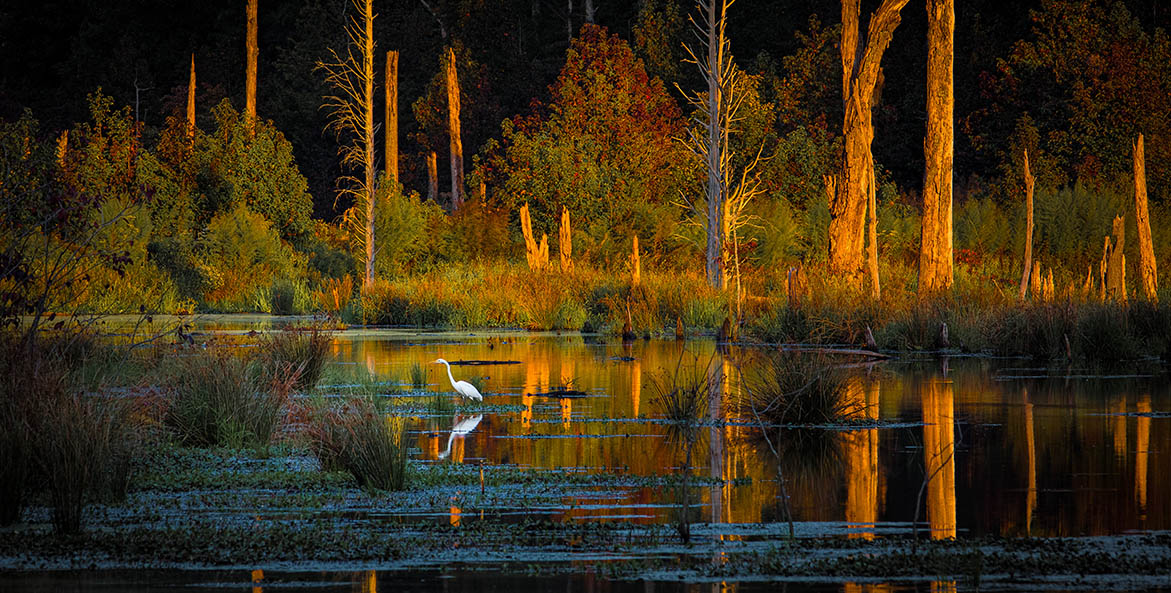The following was first published in the Richmond Times-Dispatch.
When you think about the good life in Virginia, chances are there is water involved—enjoying blue crabs and cold beverages on a warm summer evening by the Rappahannock or Potomac rivers; floating down the South Fork of the Shenandoah River with toes in cool water; walking along the James River in Richmond on a high spring day; going to a church fish fry with catch fresh from the Chesapeake Bay. Even a dip in the waves at Virginia Beach links you to the many waterways upstream.
The Chesapeake Bay and its rivers and streams are not only part of what makes Virginia a wonderful place. They are major economic drivers. Many people come here to visit our beaches and waterways. In 2019, 237,000 Virginia jobs were supported by $27 billion in tourism spending. Our seafood industry is among the largest in the country. Vibrant waterfronts attract residents to cities like Richmond, Norfolk and Alexandria.
As the governor's race heats up, Glenn Youngkin and Terry McAuliffe should look to the Chesapeake Clean Water Blueprint for a big environmental win. We hope each candidate will make it clear why restoring the bay is essential, what it will take to achieve this goal and that doing so will be a top priority.
This becomes even more important considering how addressing climate change and reducing pollution to waterways are inextricably linked. Many practices that reduce pollution also increase resiliency to climate change, while increasingly extreme weather makes it harder to restore our waters.
For years, Virginia has followed the course charted by the blueprint—a 2010 partnership among the bay states and the federal government, dedicated to reducing pollution to the Chesapeake Bay, and its rivers and streams. Virginia and its blueprint partners agreed to put the practices in place needed to meet pollution reduction targets by 2025, the same year the next governor's term ends. This approach has broad bipartisan appeal—94% of likely Virginia voters supported the blueprint in a survey.
Virginia has developed effective measures to meet blueprint targets, and work is well underway. Farmers are installing fences to protect streams from cattle waste and planting trees, homeowners are increasing resilience to storms by adding living shorelines, cities are expanding tree canopies and adopting other green measures to manage polluted runoff, and wastewater treatment plants are continuing to make progress in reducing pollution to rivers.
We are entering the home stretch of this decades long effort. It will take strong leadership to get the job done. Whether Virginia succeeds or fails in restoring the bay and its tributaries will depend on the commitment of the incoming administration. To succeed, Virginia must continue to support and expand participation in state programs that reduce pollution from agriculture, stormwater in cities and wastewater treatment plants.
These programs yield widespread benefits. For example, smart management of stormwater runoff assists neighborhoods in addressing flooding from heavy rains. Trees and plants filter polluted runoff, absorb atmospheric carbon and cast shade that lowers temperatures during heat waves. Farmers can install conservation practices that build healthier, carbon-trapping soil that also helps their bottom line.
This work has special relevance to coastal communities facing sea-level rise. Protecting wetlands and marshes also will filter and reduce pollution while providing buffers to rising waters and storm surges. We need to support our legislators, who wisely have taken important steps toward resilience. For example, to protect waterfront property, recent legislation clarifies that living shorelines are required where scientifically feasible.
For everyone to reap the benefits of the blueprint, the work must be done fairly and equitably. Flood-plagued communities with few resources of their own should receive support. Fiscally-strapped cities should be in line to get state grants for managing stormwater. Concrete-covered neighborhoods that bake in the summer sun should receive welcome shade from new trees.
Virginia also must reckon with environmental justice. Some communities long have borne far more than their share of pollution, leading to related health problems. Residents should be meaningfully involved in environmental decisions affecting them, such as the locations chosen for polluting facilities. Virginia is starting to move in the right direction, but sustained follow-through is essential.
With the Chesapeake Clean Water Blueprint, our next governor has a clear path to success for reducing pollution and addressing climate change. A study has shown that fully implementing the blueprint would increase the value of Virginia's natural benefits by $8.3 billion annually.
So, after cooling off on the water this summer, let's ensure the candidates know we expect them to fully implement the Clean Water Blueprint and allow future generations to live the good life in Virginia.
—Peggy Sanner, Virginia Executive Director, CBF



